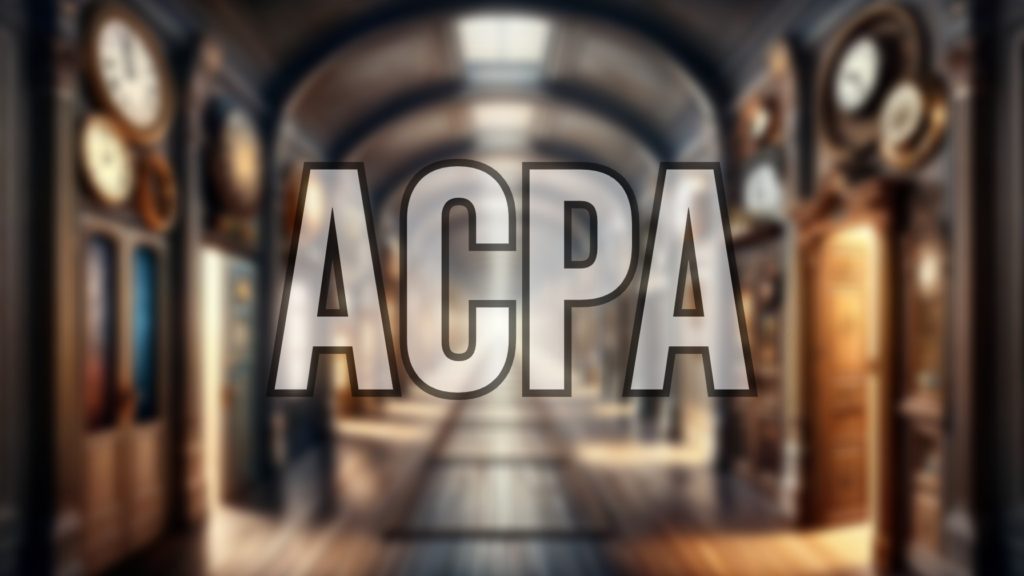
This case had a bit of a weird result – even though the brand owner had a mark that was 20 years old, and the alleged cybersquatter in the meantime acquired a domain name on the open market identical to that mark, because the domain name was first registered (by an unrelated party) before the brand owner’s trademark rights arose, there was no relief under federal trademark law. One may question whether such a result creates a loophole for bad faith actors.
History of registration and rights
Someone – no one seems to know who – first registered the disputed domain name <trx.com> back in 1999. In 2003, plaintiff’s successor in interest (via bankruptcy) began using the trademark TRX, thereby acquiring rights in the mark. Defendant bought the domain name in 2022.
Plaintiff sued defendant under the Anticybersquatting Consumer Protection Act (ACPA), a part of U.S. trademark law that deals with bad faith domain name registration. Plaintiff sought a preliminary injunction ordering the transfer of the disputed domain name pending resolution of the lawsuit. The court denied the motion because it found that plaintiff had not established that plaintiff would likely succeed on the merits of the cybersquatting claim.
Outcome up for critique
The legal holding is potentially problematic, however, and represents a point on which different federal courts sitting in different parts of the country handle cybersquatting claims differently under the ACPA.
In this case, the court held that plaintiff’s cybersquatting claim depended on when the disputed domain name was first registered. Citing to a 2023 case from the same district, Blair v. Automobili Lamborghini SpA, which in turn relied on the Ninth Circuit’s opinion in GoPets Ltd. v. Hise, 657 F.3d 1024 (9th Cir. 2011), the court explained that liability for cybersquatting is possible “only when a person other than the trademark owner registers a domain name that is confusingly similar to a trademark that is distinctive at the time of the domain name’s registration.” It went on to note that “[i]n other words, if a domain name is registered before a particular trademark exists, the trademark owner cannot assert a viable cybersquatting claim against the domain name owner.”
So under this logic, because the domain name was registered prior to 2003 (when the rights in the TRX mark came into existence), there is no way plaintiff’s TRX mark could have been distinctive at the time of the domain name’s registration. The court came to this conclusion even though the record demonstrated that some unknown person, other than defendant, first registered the disputed domain name, and that defendant first acquired the domain name on the market many years after the TRX mark had become distinctive.
It is interesting to note that this outcome conflicts with decisions in other circuits that hold “re-registration” by a new owner counts as the time for evaluating whether a mark with which a domain name may be confusingly similar, is distinctive. See, e.g., Instructure, Inc. v. Canvas Technologies, Inc., 2022 WL 43829 (D. Utah, January 5, 2022). One could argue it is bad policy for the ACPA system to essentially absolve a bad faith actor who acquires a domain name that contains a protectible mark but was first registered by someone else not acting in bad faith, prior to the time the mark became strong.
JFXD TRX ACQ LLC, v. trx.com, 2024 WL 98424 (D. Ariz., January 9, 2023)
See also:
